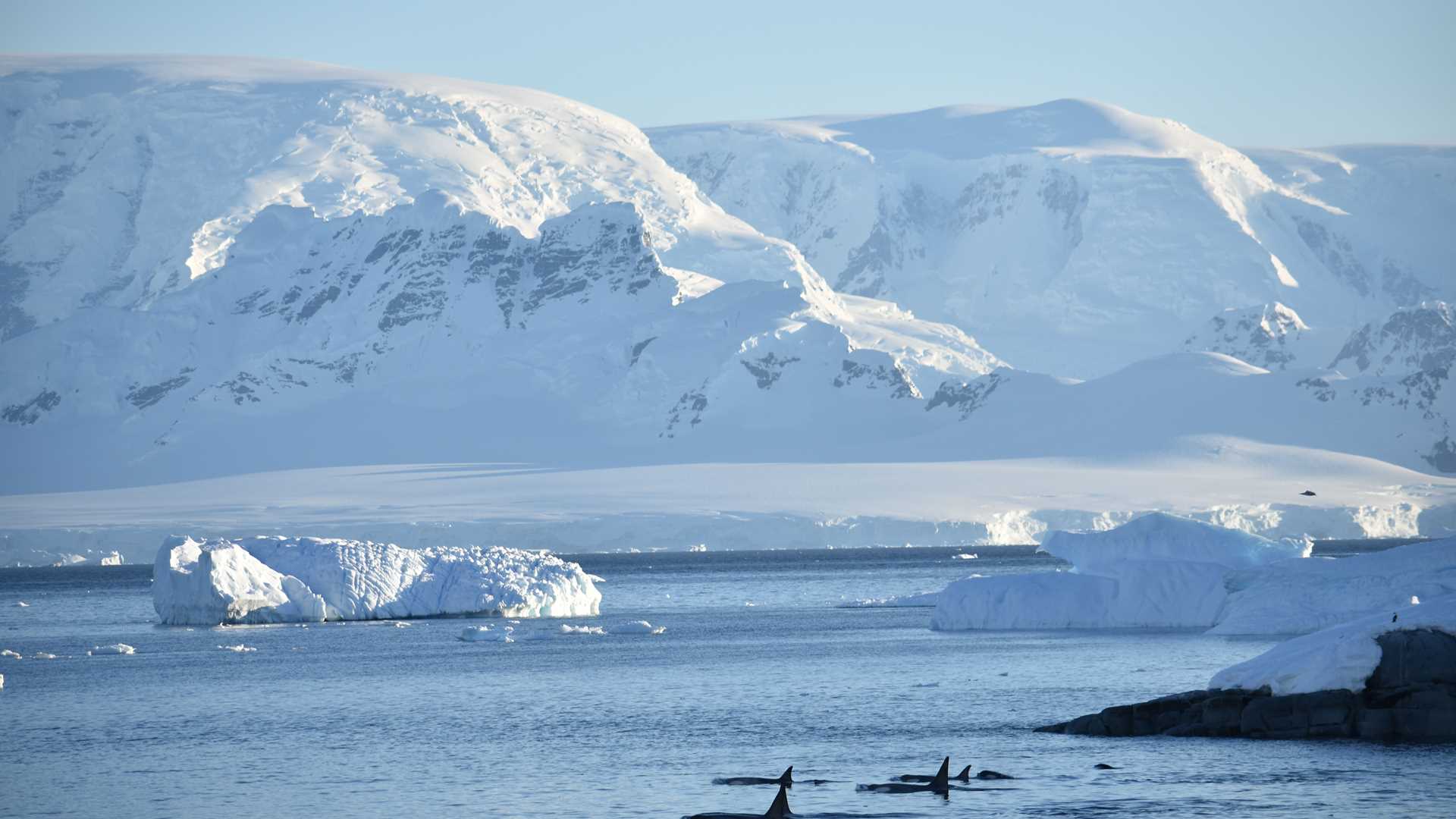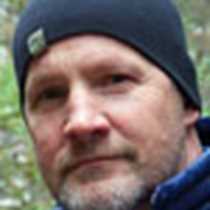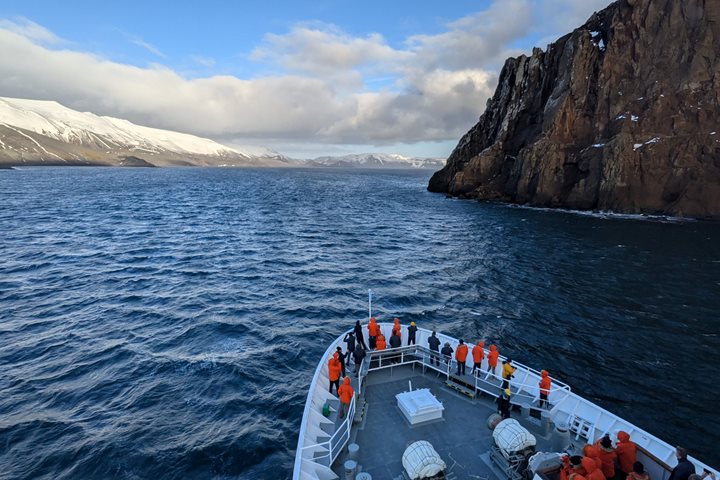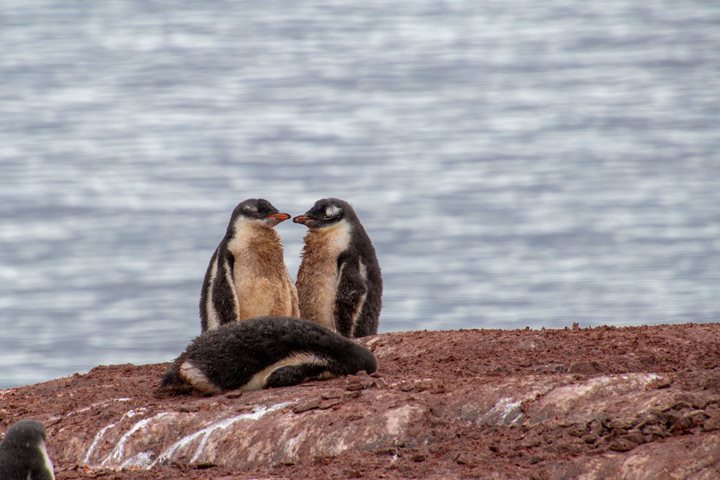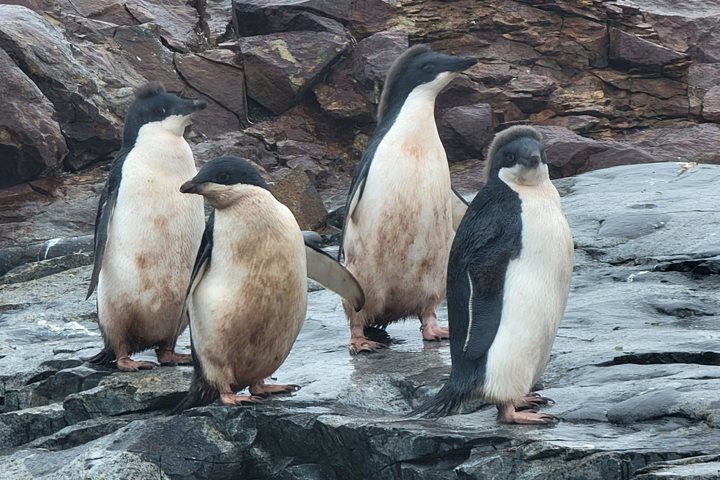National Geographic Explorer started the day at Wilhelmina Bay where we were able to get out on the fast ice and stroll comfortably on a windless bay with bright blue skies and comfortable temperatures. In the afternoon we relocated to nearby Cuverville Island, home to a wealth of breeding gentoo penguins. During transit times throughout the day, we were treated to a whale bonanza of humpbacks, Arnoux’s beaked whales, and orca whales.
Call +1.800.397.3348 or contact your travel advisor

